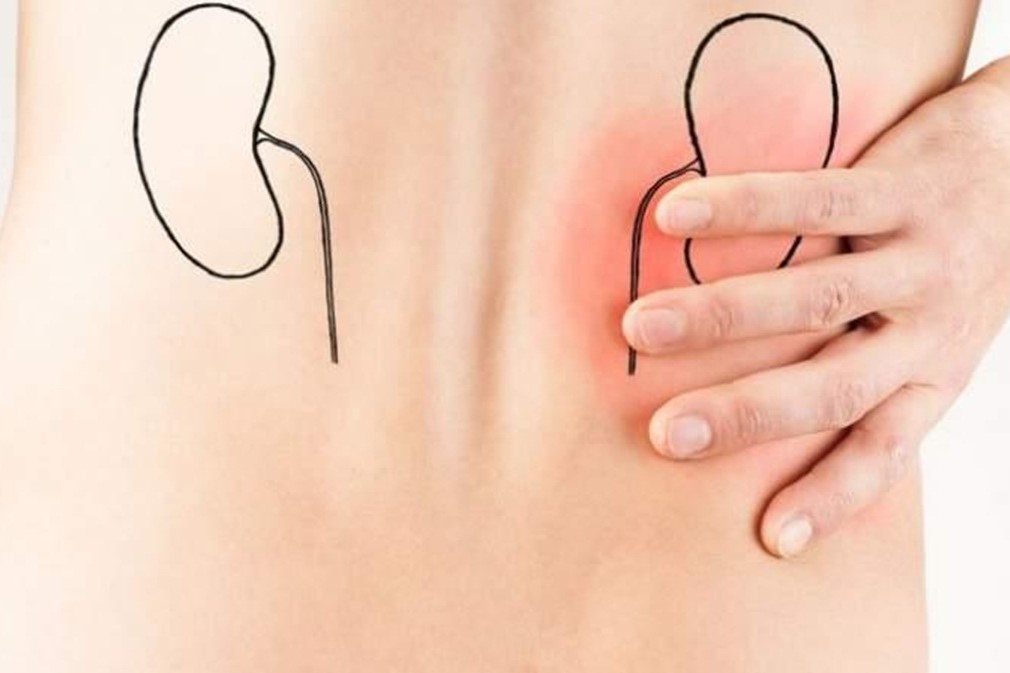
Renal colic, how does it manifest itself?
Renal colic is a symptom of a well-characterised disease, usually related to urinary stones. It is typically manifested by a pain that originates in the lumbar region, i.e. near the spinal column, and radiates to the scrotal bursa in men or the labia majora in women
What should we do when renal colic occurs?
It is important to make a differential diagnosis with other pathologies that may resemble it in intensity of pain.
The most typical of these are lumbago and herniated discs, which manifest themselves in the same way, as well as other abdominal disorders such as appendicopathy or ovarian torsion in women.
It is important, especially in the first manifestation, to go to the emergency room immediately or to ask for a check-up by the family doctor.
How severe is renal colic and how is it treated?
Generally, the pain is very strong or, as patients say, “unforgettable”. For this reason, in the event of a recurrence, the patient is able to make a self-diagnosis.
The first step is a therapy that tends to be analgesic, aimed exclusively at curing the pain.
Subsequently, a diagnostic procedure can be initiated to rule out other causes of the disease and, at the same time, to treat the cause – which may be a stone or, as mentioned above, another pathology.
This is done by means of image diagnosis, which today is the basis of the main diagnostic techniques, such as ultrasound, CT scans and many others.
Read Also:
Kidney Stones: How They Form And How To Avoid Them


